-
 Bitcoin
Bitcoin $115000
0.88% -
 Ethereum
Ethereum $3727
2.86% -
 XRP
XRP $3.001
2.15% -
 Tether USDt
Tether USDt $1.000
0.03% -
 BNB
BNB $765.7
0.59% -
 Solana
Solana $169.5
3.52% -
 USDC
USDC $0.9999
0.00% -
 TRON
TRON $0.3391
1.24% -
 Dogecoin
Dogecoin $0.2059
2.68% -
 Cardano
Cardano $0.7418
2.24% -
 Hyperliquid
Hyperliquid $37.92
1.29% -
 Stellar
Stellar $0.4017
2.54% -
 Sui
Sui $3.508
2.67% -
 Chainlink
Chainlink $16.87
2.81% -
 Bitcoin Cash
Bitcoin Cash $569.4
2.08% -
 Hedera
Hedera $0.2472
0.22% -
 Ethena USDe
Ethena USDe $1.001
0.01% -
 Avalanche
Avalanche $22.29
1.22% -
 Litecoin
Litecoin $118.0
0.74% -
 UNUS SED LEO
UNUS SED LEO $8.924
-0.75% -
 Toncoin
Toncoin $3.236
1.65% -
 Shiba Inu
Shiba Inu $0.00001238
1.79% -
 Uniswap
Uniswap $9.827
3.02% -
 Polkadot
Polkadot $3.684
1.92% -
 Dai
Dai $1.000
0.01% -
 Monero
Monero $283.0
-2.73% -
 Bitget Token
Bitget Token $4.362
0.47% -
 Cronos
Cronos $0.1458
4.97% -
 Pepe
Pepe $0.00001054
2.58% -
 Ethena
Ethena $0.6238
9.53%
How to understand the order book on OKX
The OKX order book displays real-time buy (bids) and sell (asks) orders, helping traders analyze market depth, liquidity, and potential price movements.
Aug 07, 2025 at 03:49 pm
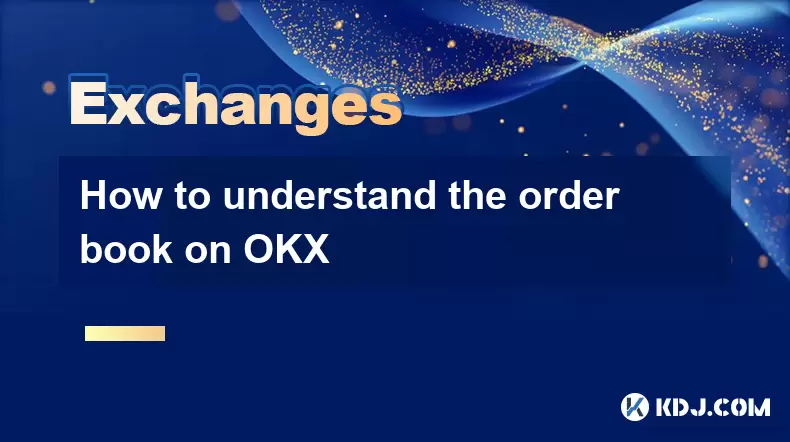
What Is an Order Book on OKX?
The order book on OKX is a real-time, dynamic list of all open buy and sell orders for a specific cryptocurrency trading pair. It displays the current bid prices (buyers’ offers) and ask prices (sellers’ offers), allowing traders to assess market depth and sentiment. The left side typically shows the bids, ordered from highest to lowest price, while the right side shows the asks, listed from lowest to highest. Each entry includes the price and the corresponding volume of the asset available at that price level. This structure enables users to visualize supply and demand at various price points.
Understanding the order book is crucial for executing informed trades. For instance, a large volume of bids at a certain price may indicate strong support, while a dense cluster of asks could suggest resistance. The difference between the highest bid and the lowest ask is known as the bid-ask spread, a key indicator of market liquidity. A narrow spread on OKX generally reflects high liquidity and active trading.
How to Access the Order Book on OKX
To view the order book on OKX, log in to your account and navigate to the spot trading or futures trading interface, depending on your preferred market. Select a trading pair such as BTC/USDT or ETH/USDT. Once the chart loads, locate the central section of the trading interface where the order book is displayed. It is usually positioned to the right of the price chart.
Ensure that the "Order Book" tab is active rather than "Trades" or "Depth Chart." The depth chart, often displayed below the order book, visualizes the cumulative volume of bids and asks. The order book updates in real time, reflecting changes as new orders are placed, modified, or canceled. Users can resize the order book panel to view more price levels or collapse it for a larger chart view.
Interpreting Bid and Ask Data
The bids section lists all active buy orders. The topmost bid represents the highest price a buyer is currently willing to pay. This is known as the best bid. Conversely, the asks section shows sell orders, with the lowest price at the top—this is the best ask. The immediate price at which a market buy or sell order would execute is determined by these top levels.
Each row in the order book includes:
- Price: The limit price set by the trader.
- Size: The amount of cryptocurrency available at that price.
- Total: The cumulative value (price × size) in the quote currency (e.g., USDT).
A sudden appearance of a large bid at a significantly higher price than the current market may signal bullish sentiment or a potential price surge. Similarly, a massive ask volume can indicate selling pressure. Traders use this information to anticipate short-term price movements and place limit orders strategically.
Using the Order Book for Trade Execution
To place a trade using the order book, decide whether to use a market order or a limit order. A market order executes immediately at the best available price in the order book. For a buy market order, it will consume the lowest asks starting from the top. For a sell market order, it will fill against the highest bids.
To place a limit order:
- Click on the "Limit" tab in the order entry panel.
- Enter your desired price based on the order book data.
- Input the quantity of the asset you wish to buy or sell.
- Review the total cost and available balance.
- Click "Buy" or "Sell" to submit.
Your order will appear in the order book only if it does not immediately match an existing order. For example, placing a buy limit order below the current best ask will add your bid to the queue. Your position in the queue depends on price and time priority—higher bids are prioritized, and among equal prices, earlier orders are filled first.
Understanding Market Depth and Liquidity
The market depth is a visual or numerical representation of the cumulative volume of orders at different price levels. On OKX, this is often shown as a depth chart beneath the order book. A steep slope indicates low liquidity, meaning large orders could significantly move the price. A gradual slope suggests high liquidity, where large trades have minimal price impact.
High liquidity is characterized by tight spreads and substantial volume near the best bid and ask. This is common in major pairs like BTC/USDT. Low-liquidity pairs may show wide spreads and sparse order books, increasing slippage risk. Traders monitoring depth can identify potential support and resistance zones. For instance, a thick cluster of bids below the current price may act as support, absorbing selling pressure.
Advanced Features and Customization
OKX allows users to customize the order book display. You can adjust the number of price levels shown—options typically include 5, 10, 20, or 50 levels. More levels provide a broader view of market depth but may clutter the interface. Some traders prefer aggregating orders by price level, while others may use tick size settings to refine granularity.
The platform also supports iceberg order detection. While full order sizes are not always visible, unusually persistent orders at a price level may suggest hidden volume. Professional traders use this to infer institutional activity. Additionally, OKX’s API provides real-time order book data (Level 2 or Level 3), enabling algorithmic strategies based on order flow analysis.
Frequently Asked Questions
Why does the order book change so quickly?
The order book updates in real time as traders place, cancel, or modify orders. High-frequency trading bots and institutional activity contribute to rapid fluctuations, especially in liquid markets. Every action—such as a large market buy order consuming multiple ask levels—causes immediate shifts in displayed bids and asks.
Can I see who placed the orders in the order book?
No, OKX maintains user privacy and does not disclose the identities of traders in the order book. All entries are anonymous, showing only price, volume, and order type. This ensures fair and secure trading without exposing personal trading strategies.
What happens if my limit order doesn’t get filled?
If your limit order price does not match existing bids or asks, it remains in the order book until filled or canceled. It may never execute if the market price does not reach your specified level. You can cancel the order manually at any time through the "Open Orders" section.
How do I interpret a sudden spike in ask volume?
A sudden increase in ask volume at a specific price suggests strong selling interest or resistance. It may indicate traders expecting a price rejection at that level. If the price approaches this zone, a breakout or reversal could occur depending on buying pressure.
Disclaimer:info@kdj.com
The information provided is not trading advice. kdj.com does not assume any responsibility for any investments made based on the information provided in this article. Cryptocurrencies are highly volatile and it is highly recommended that you invest with caution after thorough research!
If you believe that the content used on this website infringes your copyright, please contact us immediately (info@kdj.com) and we will delete it promptly.
- IREN Overtakes: A New King in the Bitcoin Miner Hashrate Race?
- 2025-08-07 16:31:29
- Memecoins Mania: Whales Eye Pepe Dollar (PEPD) as Bonk Cools Off, While MoonBull Hogs the Spotlight!
- 2025-08-07 16:51:17
- Unilabs, PEPE, and Investment Risk: Navigating the Crypto Hype
- 2025-08-07 16:31:29
- Meme Coin Mania: Rug Pulls, CZ-Inspired Tokens, and the Wild West of Crypto
- 2025-08-07 16:57:14
- HashFlare Founders Face the Music: Jail Time Looms?
- 2025-08-07 14:30:12
- Pepeto's Pounce: Meme Coin Mania Meets Blockchain Infrastructure
- 2025-08-07 15:10:12
Related knowledge

How to deposit USD on Bitstamp
Aug 07,2025 at 05:18pm
Understanding Bitstamp and USD DepositsBitstamp is one of the longest-standing cryptocurrency exchanges in the industry, offering users the ability to...
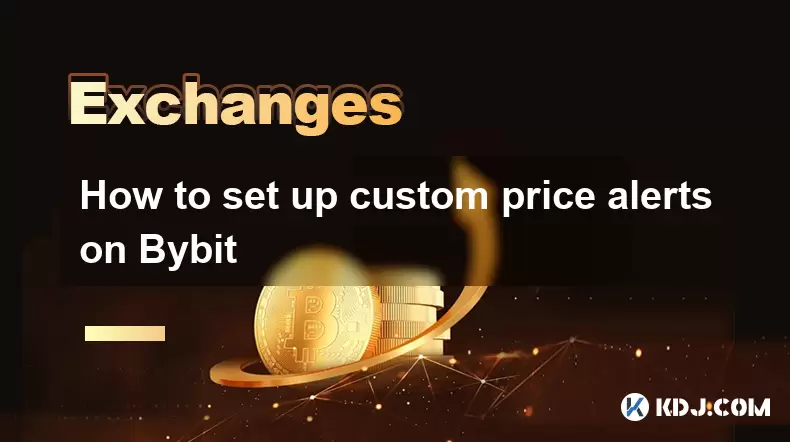
How to set up custom price alerts on Bybit
Aug 07,2025 at 04:31pm
Understanding Price Alerts on BybitPrice alerts on Bybit are essential tools for traders who want to stay informed about significant price movements i...
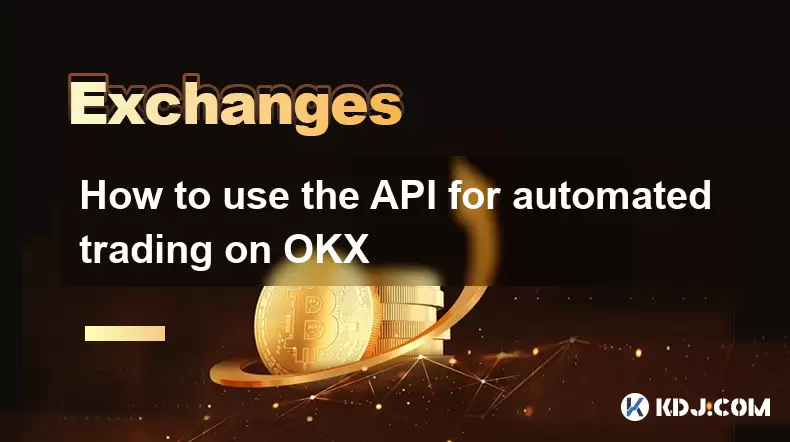
How to use the API for automated trading on OKX
Aug 07,2025 at 05:21pm
Understanding the OKX API for Automated TradingThe OKX API provides a powerful interface for users to automate their trading strategies, access real-t...
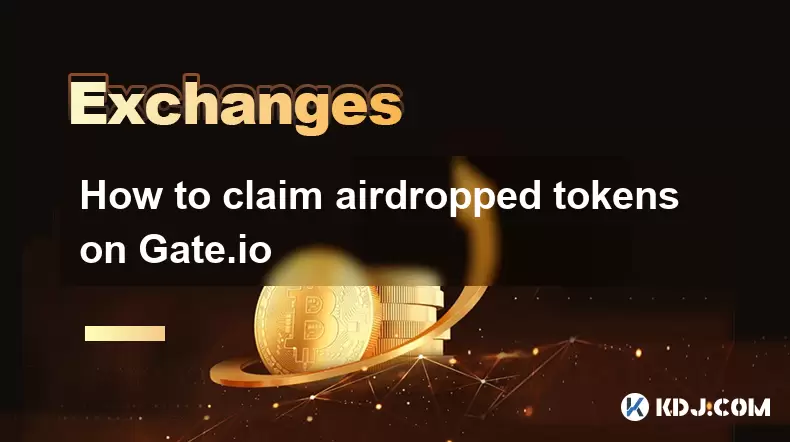
How to claim airdropped tokens on Gate.io
Aug 07,2025 at 04:01pm
Understanding Airdropped Tokens on Gate.ioAirdropped tokens are digital assets distributed for free by blockchain projects to promote awareness, incen...
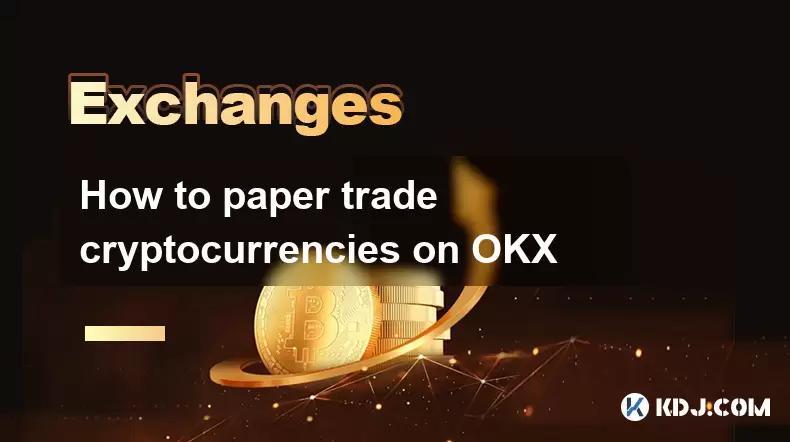
How to paper trade cryptocurrencies on OKX
Aug 07,2025 at 06:01pm
Understanding Paper Trading in the Cryptocurrency ContextPaper trading, also known as simulated or virtual trading, allows users to practice buying an...

How to understand the order book on OKX
Aug 07,2025 at 03:49pm
What Is an Order Book on OKX?The order book on OKX is a real-time, dynamic list of all open buy and sell orders for a specific cryptocurrency trading ...

How to deposit USD on Bitstamp
Aug 07,2025 at 05:18pm
Understanding Bitstamp and USD DepositsBitstamp is one of the longest-standing cryptocurrency exchanges in the industry, offering users the ability to...

How to set up custom price alerts on Bybit
Aug 07,2025 at 04:31pm
Understanding Price Alerts on BybitPrice alerts on Bybit are essential tools for traders who want to stay informed about significant price movements i...

How to use the API for automated trading on OKX
Aug 07,2025 at 05:21pm
Understanding the OKX API for Automated TradingThe OKX API provides a powerful interface for users to automate their trading strategies, access real-t...

How to claim airdropped tokens on Gate.io
Aug 07,2025 at 04:01pm
Understanding Airdropped Tokens on Gate.ioAirdropped tokens are digital assets distributed for free by blockchain projects to promote awareness, incen...

How to paper trade cryptocurrencies on OKX
Aug 07,2025 at 06:01pm
Understanding Paper Trading in the Cryptocurrency ContextPaper trading, also known as simulated or virtual trading, allows users to practice buying an...

How to understand the order book on OKX
Aug 07,2025 at 03:49pm
What Is an Order Book on OKX?The order book on OKX is a real-time, dynamic list of all open buy and sell orders for a specific cryptocurrency trading ...
See all articles

























































































